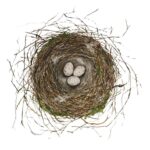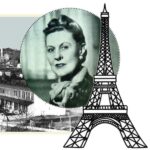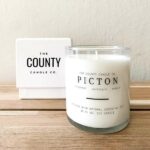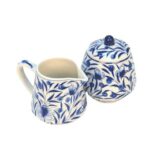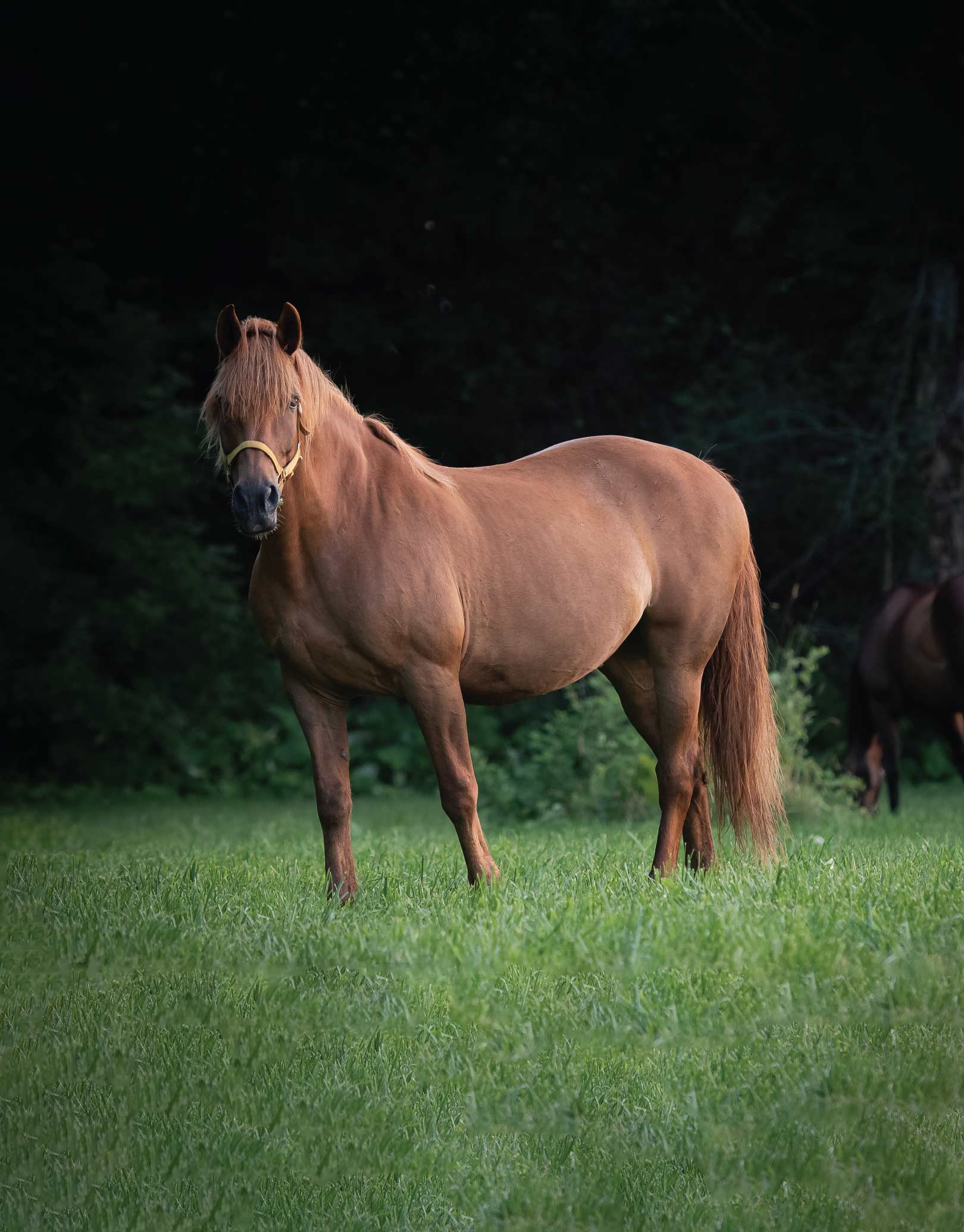
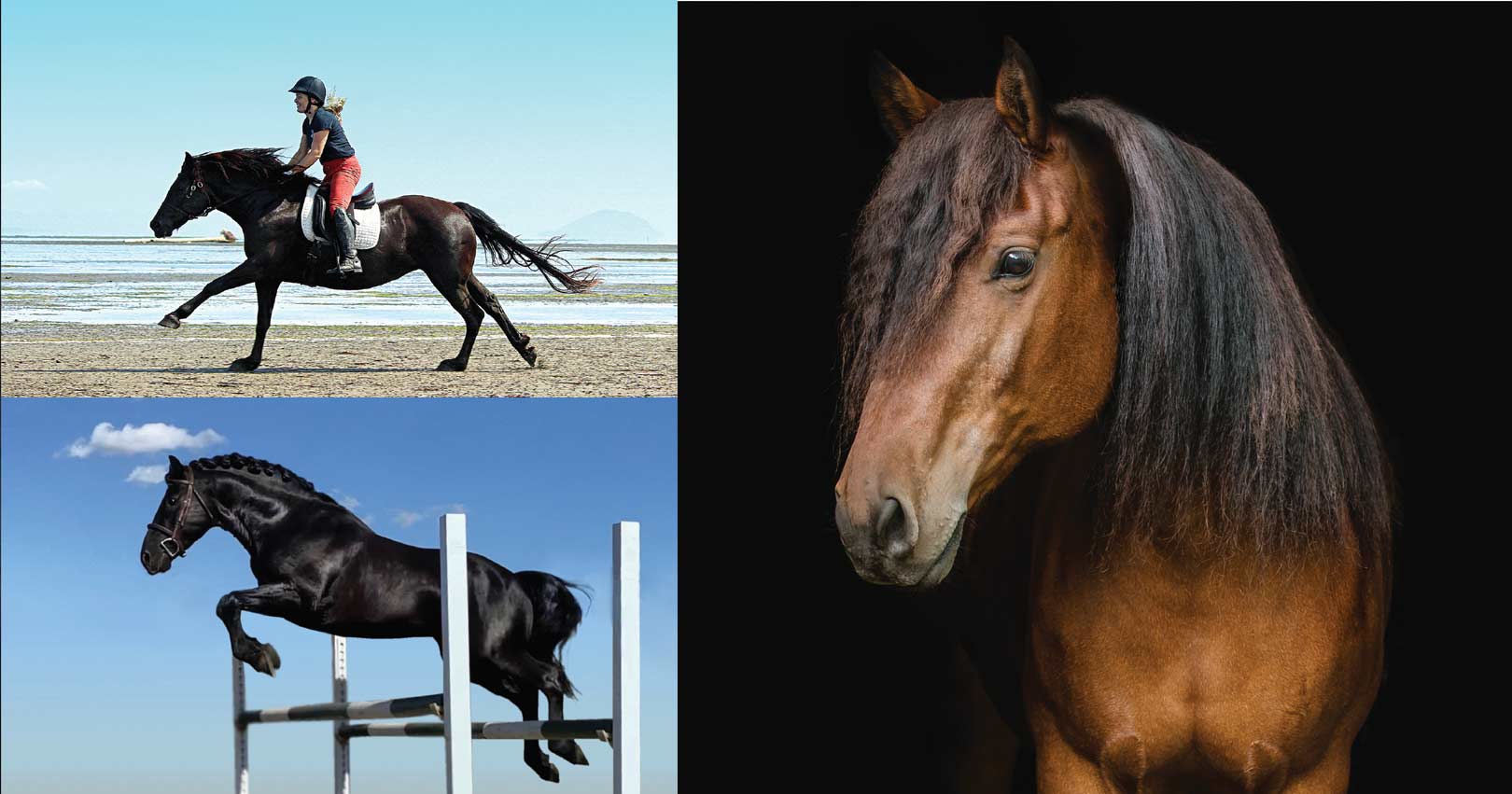
From left to right: Caribeau Maximilian Moxy owned by Jessica Tonn, photograph by Landen Todd; Windy Coulee Dawn Zefyr, Canadian stallion owned by Heidi Eijgel, Windy Coulee Canadians, photograph by Anna Petrova; Briteaux Gryngoe Moka-Wonka owned by Mary-Lou Ashton, photograph by Karla Rosalin Photography.
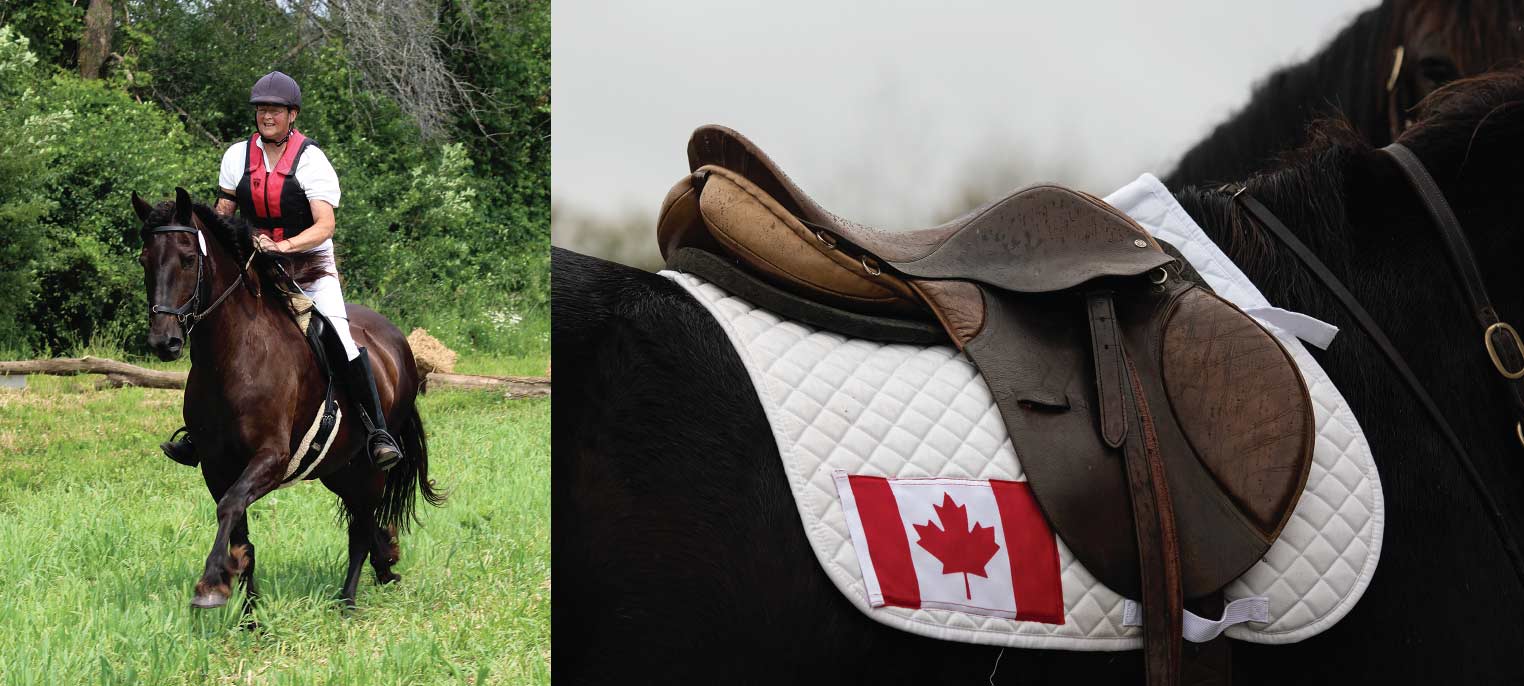
Left to right: Gwyneth Freeman and her gelding Ironwood Renesance Usher, aka Uziel, photograph courtesy G. Freeman; Shadowgate Dandy Motion at the Ancaster Fairgrounds, Ontario, photograph by Richard Hope;
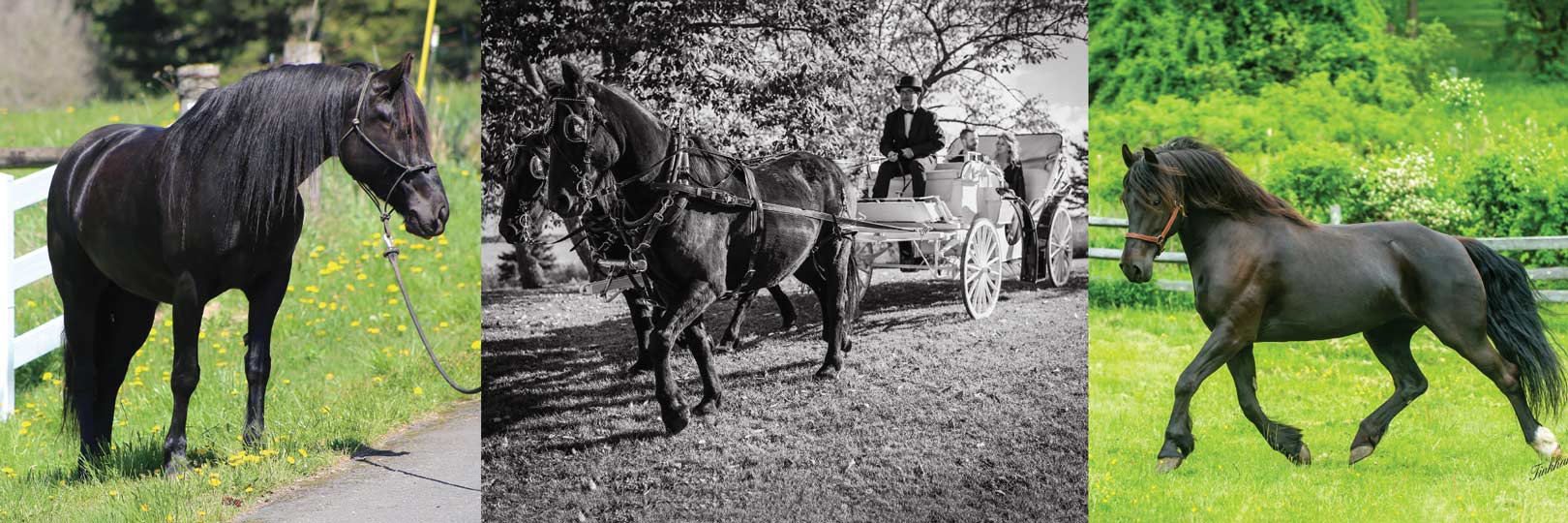
Reveille Merit Flamme-de-Nuit owned by Ken Morris, photograph by Mary Stevens; team of two Canadians with carriage, photograph courtesy A Universal Carriage; Mosarc Lucifer Winnie owned by Margo Killoran, Three Fold Farm, photograph by Shawn Tinkham.
The sturdy little equine can pull its weight with the best in the world. So why are there so few of them around?
In 1904 at New York’s Madison Square Garden, a stunning dark-brown horse with a spectacular trot, named Hands Off, wowed the crowd to beat out several American equine champions and take the blue ribbon. Additionally, in a world where high-strung show horses were known to misbehave, this horse was reported to have “perfect manners.” He was swiftly purchased by an American millionaire for the impressive sum of $5,000 – about $150,000 today.
The irony? This show-stopper was from Canada, his real name was Acadien, and he belonged to a breed called the cheval Canadien, or Canadian horse. A century later, the Canadian was named the national horse of Canada by an act of Parliament and later honoured with a stamp and two coins struck by the Royal Mint. And yet this remarkable, and now rare, animal may still be one of Canada’s best-kept secrets.
Equine coach and trainer Sheri Roberts of Belleville, who owns a Canadian gelding named Zephyr, says, “I’ve never experienced a breed like this. They’re so versatile. A big loud parade with a fancy costume, a busy horse show, or a quiet hack down the road – they’re suited to any job and they try their best at all times.” A passionate promoter of the breed, she adds: “And they’re a real family horse: kind, generous, patient, and gentle with everyone. You can put small children on their backs and they won’t flick an ear.”
Gwyneth Freeman, also of Belleville, who’s owned three Canadians over the past thirty years, agrees. “Where the Canadian excels is that they’re multidisciplinary. They can jump, do dressage, pull a carriage – all really well. Then they can go plough through streams and fields and trail ride.” And, she says, “They’re forgiving – if you don’t really know what you’re doing, they’re going to help you as opposed to working against you.” (An extremely reassuring trait when dealing with a one thousand-pound creature.)
Add to these qualities strength, hardiness, stamina and smarts, and it’s quite the package. So how did this horse develop its exceptional characteristics? One of the oldest equine breeds to have evolved in North America, the Canadian’s history began in 1665 when King Louis XIV, the Sun King, sent the first of six shipments of horses from his royal stables to New France. We don’t know what breeds they were, but those horses – at least those that survived the bitter winters and lack of food – eventually evolved into their own distinct breed, perfectly adapted to the colonies’ harsh climate and terrain.
Michel Étienne Faillon, a French historian who lived in Montreal from 1858 to 1862, described the horse this way: “small but robust, hocks of steel, thick mane floating in the wind, bright and lively eyes… going along day or night with the same courage … spirited, good, gentle, affectionate…” Those little horses cheerfully pulling sleighs through snowy landscapes in Cornelius Kreighoff paintings? Definitely chevaux Canadiens.
What Faillon doesn’t mention: the Canadian was considered one of the strongest breeds, pound for pound, on the planet. That, along with its legendary robustness (those “hocks of steel”) and its modest size compared with heavy-horse breeds, earned it the nickname petit cheval de fer, or “little horse of iron.” Not only that, the breed’s prepotency – its ability to pass on its enviable traits when bred – means that Canadian horses are listed in the early studbooks of such notable breeds as the Standardbred, the Morgan, and the American Saddlebred.
Once numbering around 150,000 in North America, by 1970 the breed had shrunk to fewer than four hundred – thousands perished on U.S. Civil War battle fields. Due to the mechanization of transportation, logging and farming, the cheval Canadien was quietly going extinct. When their plight finally became known, fans of the horse bought breeding stock in an effort to get more foals on the ground. But even now, only about 6,700 exist – in stark contrast to the six million American Quarter horses alive today. No wonder the American Livestock Conservancy lists the Canadian’s status as “critical.”
Loretta Palmateer, who owns a farm near Foxboro, is doing her bit to preserve this living piece of history. Twenty years ago, though not planning to buy, she accompanied a friend who was shopping for a Canadian horse. “I fell in love,” she says, “with this pregnant broodmare who had the softest eyes.” And she bought. After the mare birthed a filly, Loretta felt so strongly about the Canadian horse that she chose to breed her two mares. She’s since added five more foals to the herd book – including the two horses that Sheri and Gwyneth currently own.
“Spirited, good, gentle, affectionate…” Those little horses cheerfully pulling sleighs through snowy landscapes in Cornelius Krieghoff paintings? Definitely chevaux Canadiens.
But while the breed has somewhat rebounded, Gwyneth says, “My fear is this horse is in trouble. Fewer are being bred, and fewer people know about them.” All three women spread the word by taking their Canadians to horse shows, fairs, and breed demonstrations. Loretta says she’ll talk about the breed to anyone – “Tell one friend and they’ll tell two” – and lets friends ride her horses to introduce them to the breed. And Sheri recently became vice president of a new organization, the Cheval Canadien Horse Association of Ontario, dedicated to promoting the breed. She wants to see Canadian horses featured at bigger venues and events, where the general public can learn about them and see their beauty up close. As their numbers continue to dwindle, it could be that their very survival depends on our awareness.
Interestingly, more and more Americans, who know a good thing when they see one, are discovering this iconic breed and bringing Canadian horses south to show, breed, and promote. But why should we care about having a national horse anyway? Gwyneth Freeman is quick to answer: “Without our own locally adapted breeds like the Canadian horse, the Canadian cow, the Chantecler chicken, we lose genetic diversity.” But also, as the other women note, the Canadian horse, given its history and attributes, could be, like our flag, an inspirational symbol that distinguishes us from other nations. And given those attributes – hardy, smart, resilient, calm, versatile, strong, friendly, gets-the-job-done-with-no-fuss – what could be more Canadian than that?
Story by:
Marie-Lynn Hammond

